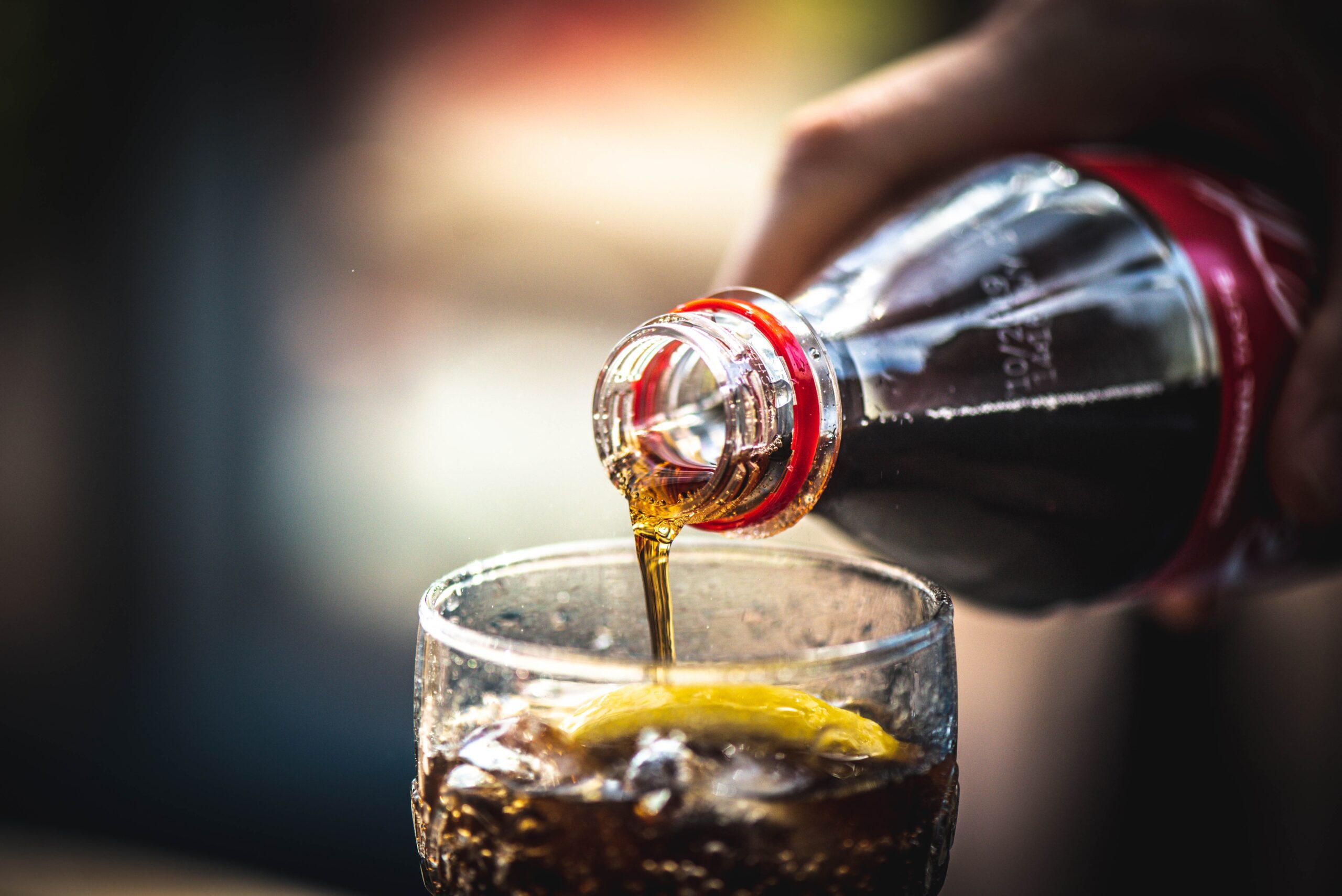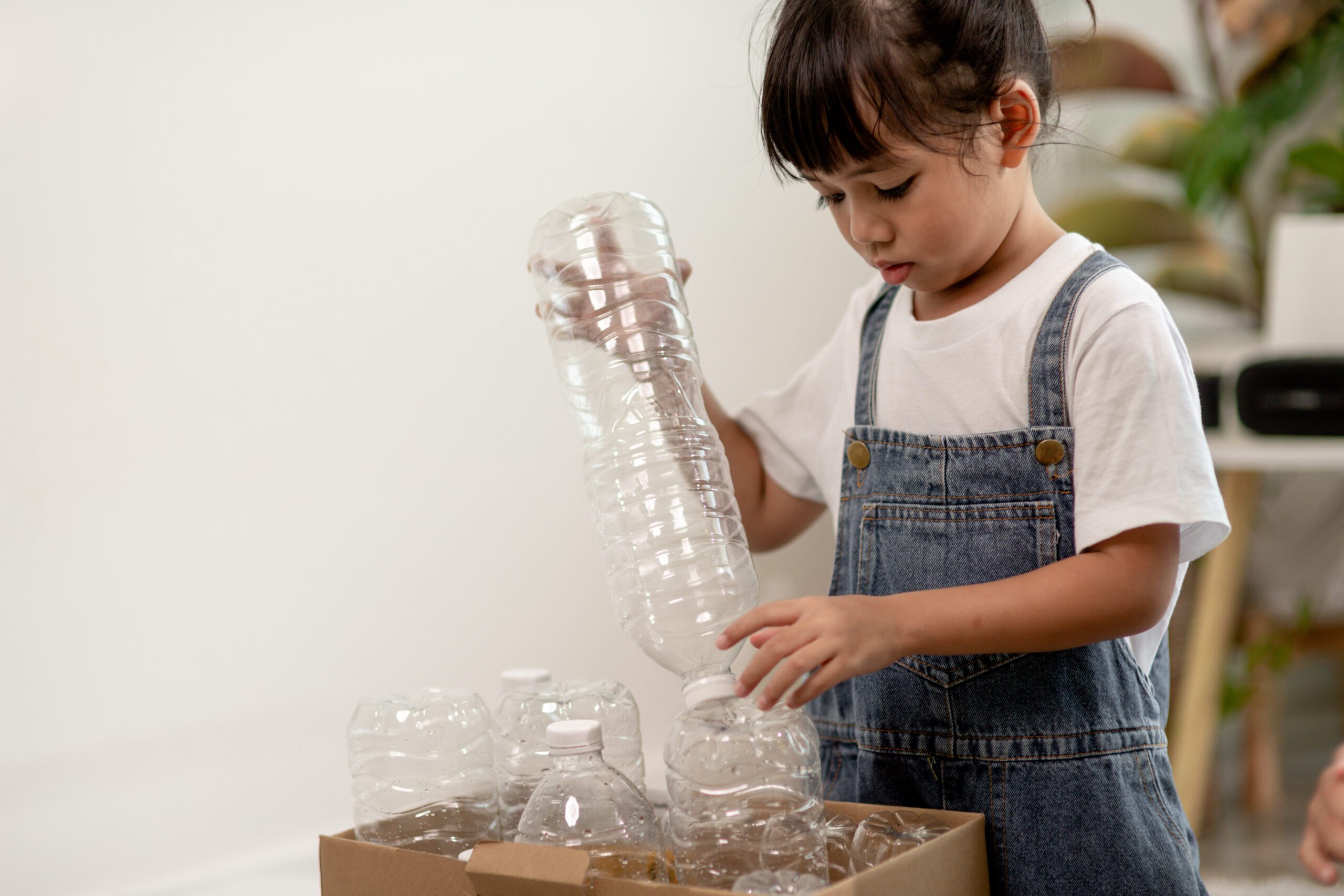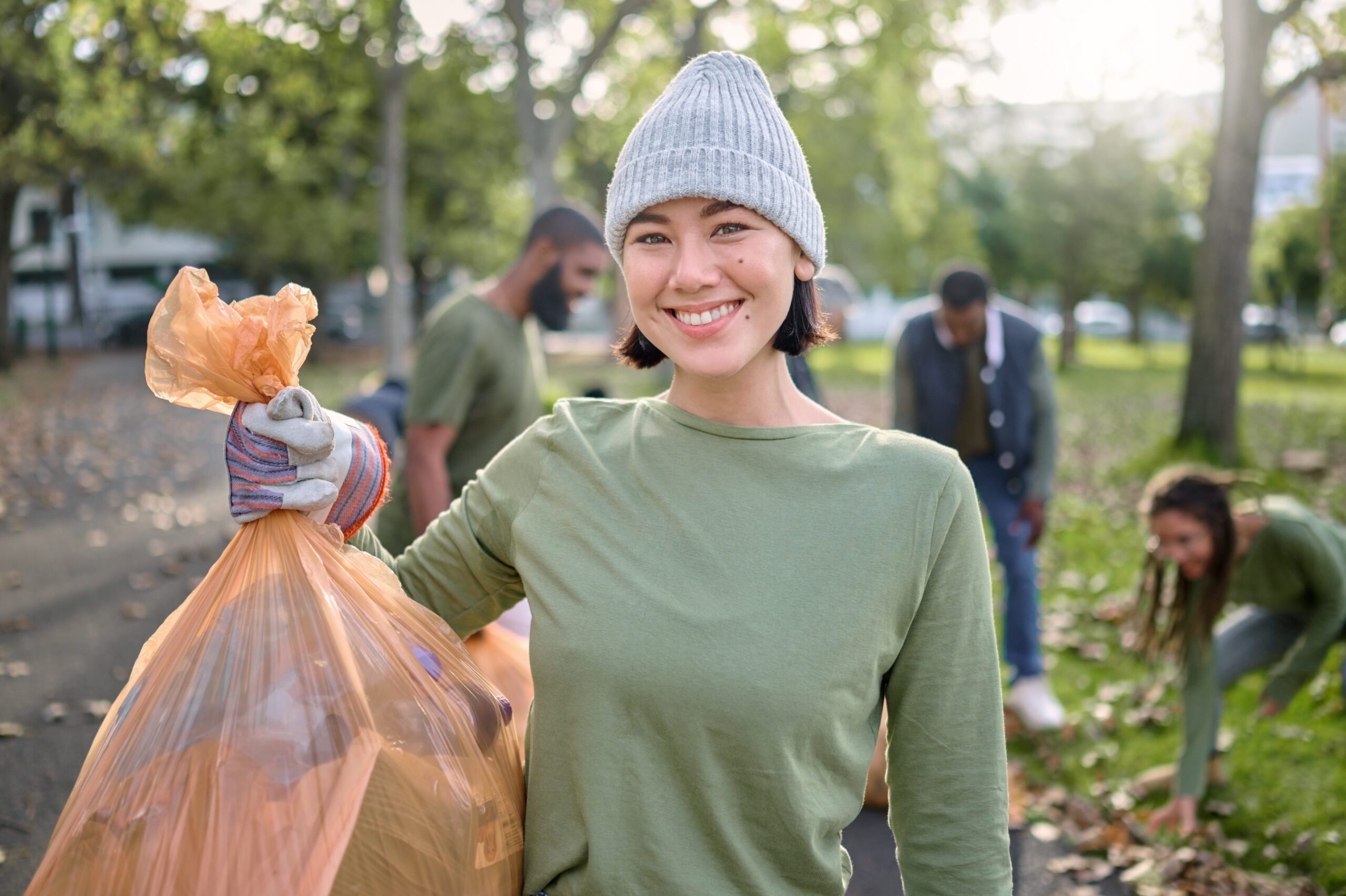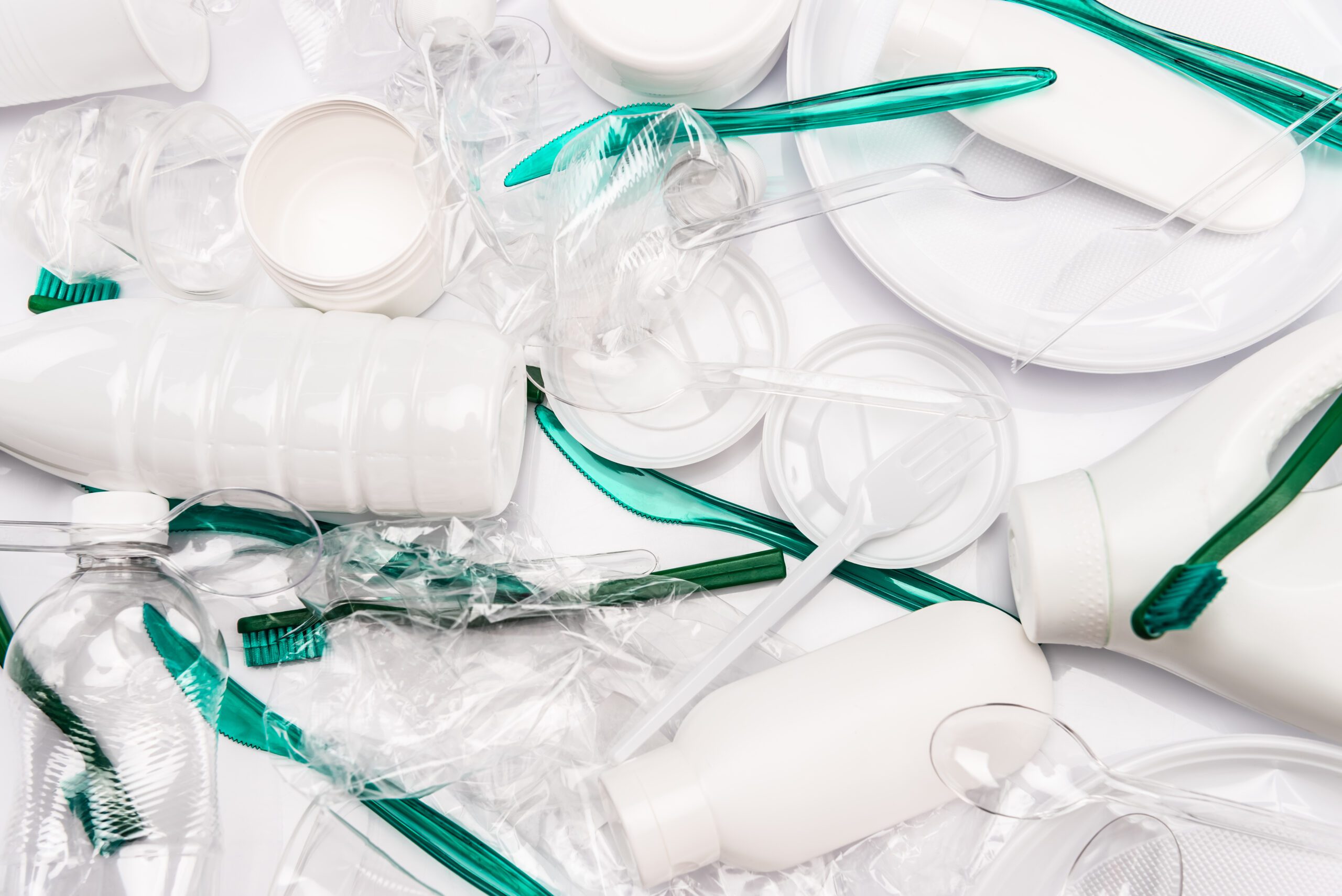In an era where sustainability is more than just a buzzword, the conversation around single-use plastics has taken center stage. The environmental impact of these plastics is profound and far-reaching, affecting our oceans, wildlife, and even our health. This blog post aims to shed light on the importance of reducing plastic waste for a more sustainable future. We’ll explore practical tips and creative ideas for minimizing your single-use plastic consumption, offering a roadmap towards a more eco-friendly lifestyle.
Understanding Single-Use Plastics
Single-use plastics are items typically used once before being discarded. These include packaging, straws, water bottles, and shopping bags. The convenience of these plastics is undeniable, but the cost to our environment is steep. Globally, millions of tons of single-use plastics are produced annually, contributing significantly to landfill overflow and ocean pollution.
The Dawn of Plastic and the First Plastic Bottle
The invention of plastic dates back to the 19th century, marking a revolutionary shift in manufacturing and daily life. In 1869, John Wesley Hyatt invented the first synthetic plastic, celluloid, in an effort to find a substitute for ivory. This innovation paved the way for the development of more durable and flexible materials.
Fast-forward to the 1940s, when the first commercially used plastic bottle was introduced, revolutionizing the way we package and consume products. Initially celebrated for its convenience and efficiency, the plastic bottle quickly became a staple in global commerce. However, its enduring legacy is marred by environmental concerns, as the durability that once made it revolutionary now poses a significant threat to natural ecosystems worldwide.
Major Polluters in the World of Single-Use Plastics

While single-use plastics permeate almost every facet of our daily lives, certain industries and companies stand out as significant contributors to plastic pollution. The beverage industry, for example, is a primary offender, with billions of plastic bottles produced each year by giants such as Coca-Cola, PepsiCo, and Nestlé. Despite growing awareness and consumer demand for sustainable alternatives, these corporations continue to rely heavily on single-use plastics for packaging their products.
The fast-food industry, with multinational chains like McDonald’s and Starbucks, also generates plastic waste through packaging and disposable utensils. Efforts to recycle and promises of shifting towards more eco-friendly materials are underway, but the pace of change is often criticized as too slow in the face of escalating environmental crises. Acknowledging the scale of this issue is crucial in advocating for corporate responsibility and encouraging industries to adopt more sustainable practices.
Why Reduce Single-Use Plastics?
The environmental impact of single-use plastics is well-documented. These materials contribute to pollution and threaten wildlife. Additionally, the chemicals in plastics can leach into food and water, potentially impacting human health.
For example, plastic production is deeply intertwined with the oil industry, as plastics are primarily made from petrochemicals—a byproduct of refining oil and natural gas. This connection underscores a broader environmental concern, as the extraction and refinement processes of fossil fuels are major contributors to air and water pollution, greenhouse gas emissions, and habitat destruction. The drilling for oil not only disrupts terrestrial and marine ecosystems but also leads to devastating spills that can cause irreversible damage to the environment.
Furthermore, the transportation of crude oil to refineries and finished plastics to markets further amplifies the carbon footprint of single-use plastics, exacerbating global warming and climate change. This cycle of production and consumption, therefore, not only perpetuates the issue of plastic waste but also feeds into the larger narrative of fossil fuel dependency and its adverse effects on our planet.
Given the complexities of recycling, managing plastic waste is both costly and challenging economically. While recycling is a crucial part of waste management, it’s not a silver bullet solution. Recycling rates are relatively low, with only 9% of plastics being recycled globally. The majority end up in landfills or the environment, where they can take hundreds of years to decompose. As a result, reducing our reliance on single-use plastics is essential in minimizing the economic and environmental costs associated with their production and management.
Practical Ways to Reduce Single-Use Plastics
Reducing your reliance on single-use plastics can be simpler than you think. Here are a few strategies:
-
- Bring Your Own: Invest in reusable bags, bottles, containers, and straws. This small change can significantly reduce your plastic waste.
- Choose Wisely: Opt for products with minimal or no plastic packaging. Many brands now prioritize sustainable packaging alternatives.
- Support Sustainability: Patronize businesses and brands that are committed to reducing plastic use and increasing sustainability efforts.
Recycling and Disposal of Single-Use Plastics
Recycling is a crucial step in managing plastic waste, but it’s not a panacea. Understanding how to recycle plastics effectively is key. Here’s what you need to know:
- Recycling Practices: Ensure you’re familiar with your local recycling guidelines to recycle plastics correctly. Some plastic bottles, like laundry detergents and milk jugs, need to be rinsed thoroughly so they can be recycled.
- The Lifecycle of Recycled Plastics: Not all plastics are recycled equally. Some are transformed into new products, while others may end up in landfills or incinerators. In landfills, the plastic breaks down and leaches chemicals, and if burned, it can add more to the carbon emissions. So, be careful if you choose this option.
- Alternatives to Recycling: Consider upcycling plastics into new items or engaging in DIY projects that repurpose single-use plastics.

Creative At-Home Upcycling Ideas for Plastic Bottles
Speaking of upcycling, maybe you could use a few good ideas for those bottles and jugs. Transforming plastic bottles into useful or decorative items at home is not only a fantastic way to reduce waste but also a fun and creative activity for the family. Here are several innovative ideas to upcycle plastic bottles:
- Planters: Cut plastic bottles in half and use the bottom as small planters for herbs or succulents. You can decorate the outside with paints or fabric to match your home decor.
- Bird Feeder: A plastic bottle can easily be converted into a bird feeder with a few simple cuts and the addition of wooden spoons or sticks for perches. Fill it with bird seed, and enjoy watching the birds visit your garden.
- Organizers: Cut the tops off of plastic bottles and use the bottoms to organize small items like office supplies, jewelry, or sewing materials. You can even attach several together to create a comprehensive organizing system.
- Watering Can: By puncturing small holes in the cap of a plastic bottle, you instantly have a makeshift watering can that’s perfect for gently watering seedlings or potted plants.
- Art and Craft Projects: Plastic bottles can be cut, melted, and molded into a variety of shapes, making them perfect materials for a wide range of art and craft projects. From creating decorative flower arrangements to constructing model buildings, the possibilities are endless.
There are plenty of ways to upcycle a single bottle. Not everything has to be thrown away, so why not give it some thought and get creative with what you can do with empty bottles?
Beyond Individual Actions: Community and Policy Actions
If you’re interested in getting involved in your community, there are some ways you can do that. While individual actions are crucial, collective efforts and policy changes can lead to significant environmental impacts. Here’s how you can contribute:

- Community Initiatives: Participate in local beach clean-ups, recycling drives, and educational programs to spread awareness about the impact of single-use plastics. Bottleless Nation did this during Earth Month, organizing cleanups with our affiliates at Artesian Bottleless Water and Office H2O in support of Keep America Beautiful® and its #152PickUpChallenge. Spread out across the U.S. to clean up beaches, parks, commercial grounds, lakesides, and trails, we collected approximately 64,020 pieces of litter as a whole.
- Policy and Regulation: Familiarize yourself with existing bans and restrictions on single-use plastics in your area and support policies that promote sustainability. There’s no better way to give back than to get involved. After all, this is your community, too! You should know what’s happening and how you can make it a better place.
- Advocacy: Get involved in advocacy groups pushing for stronger environmental policies and regulations. If you get involved with your local governments, you’ll already know about these groups. But a quick Google search can give you plenty of other organizations to support.
Make the Best Choices Today for a Better Tomorrow
The challenge of single-use plastics is daunting, but it’s not insurmountable. By understanding the issue and taking actionable steps to reduce consumption, recycle effectively, and advocate for change, we can make a substantial difference. Remember, small changes can lead to significant environmental benefits.
Here at Bottleless Nation, we encourage you to commit to one change in your use of plastics today. Whether it’s saying no to plastic straws or participating in a community clean-up, every action counts. Together, we can work towards a more sustainable and plastic-free future.

